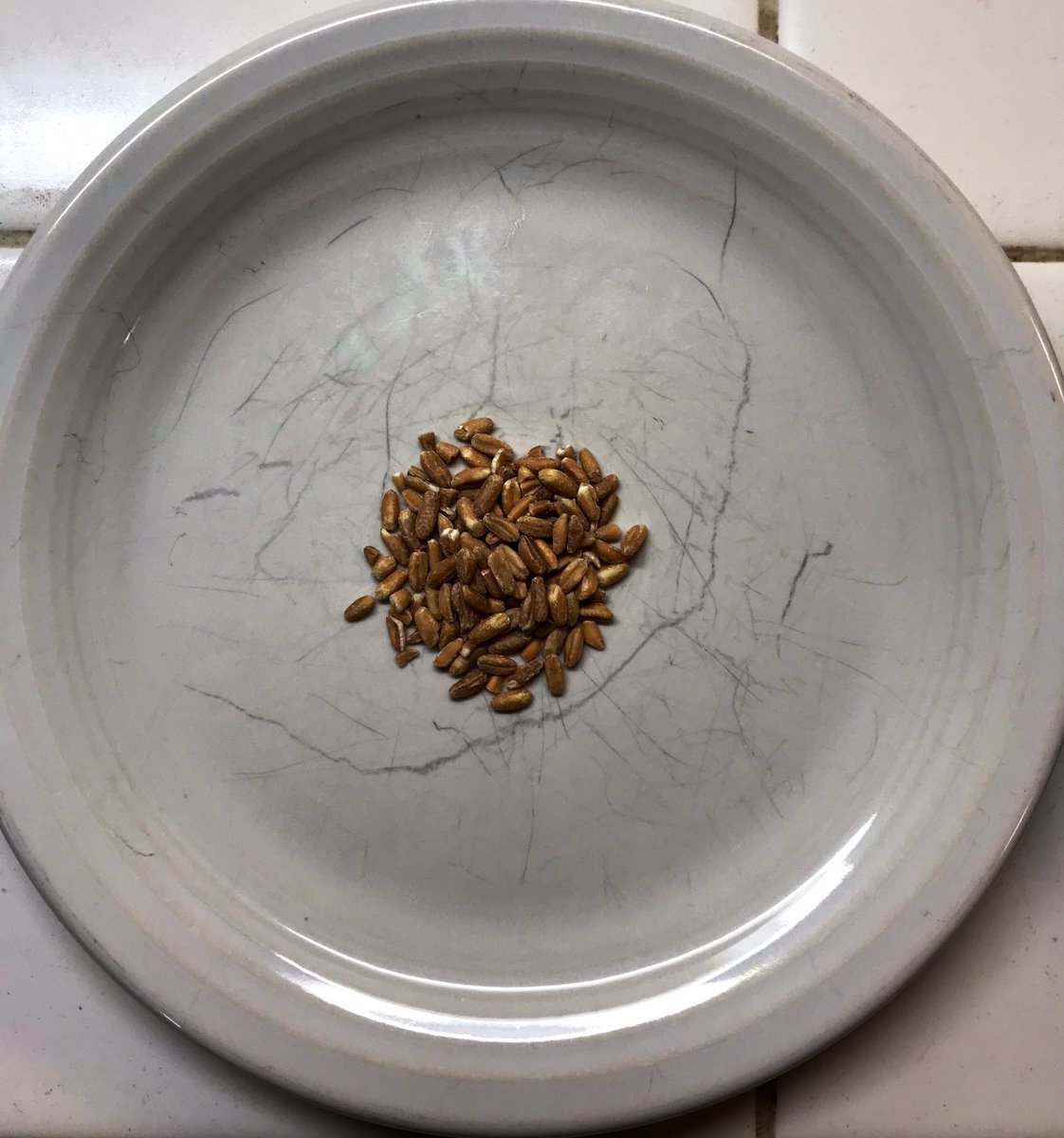Is Dionysus the basis for Jesus Christ?
Prepare for a very long “No”.
Nope. Jesus was never said to be born on December 25th in the Bible, so even if Dionysus was born on December 25th, this would be no parallel.
2. Born of a virgin?
Most guys would just say that they had a headache.
Now…why didn’t Zeus/Jupiter’s other mistresses get toasted when he slept with them?
Didn’t he sleep with them like he did with Hera?
Well, as it turns out, he didn’t.
At least, not in the same way.
This should really get us to understand that Semele’s request was not just for a fling, like Zeus had with other mortal mistresses like Alcmene; she wanted s GODLY fling. She wanted the full experience of sleeping with a God, with his power and glory unleashed, and it
Indeed, if you think about it, both of Hyginus’ accounts of Dionysus’ birth can be reconciled: Jupiter made Semele pregnant with the potion, then wanted to have sex with her. Hera tricked her, Jupiter came in his glory, and, well, lightning is known to cause fire.
There is not one trace of virginity mentioned in the tale, and indeed, when we look at Hyginus 179 more closely, where it states that “she got what she asked for”, we can conclude that they were indeed having sex when
None of these are virgin births.
And yet Jesus Mythicists keep repeating this as if it was…Gospel.
Hmmmm…
Nope.
4. Placed in a manger?
Nope
5. Called Holy Child?
No again.
6. Turned water into wine?
Oh, he did…in a text that dates to the 2nd century AD! The text in question is “Leucippe and Clitophon” by Achilles Tatius, and
Who…is copying…from whom?
No, he was depicted as riding on a mule, with crowds (most of the time satyrs) waving olive branches, not palm branches.
Sounds similar…until you realize that this was standard treatment of kingly
Indeed, these depictions of Dionysus had no influence on the old Testament prophecy about the Messiah riding into Jerusalem on a Donkey (Zechariah
Its possible that the ancient Hebrews, Greeks and Romans shared similar ways of treating triumphant rulers or religious figures, but this would be a sharing of cultural ideas
8. Called “God of the Vine”?
Yes, Dionysus was.
I’ll give you a thousand dollars if you can find anywhere in the Bible where Jesus is called the same.
Go look.
I’ll wait.
Nope.
Dionysus was never a king, nor did he have a “Lord’s Supper”. He was torn or cut to pieces by the Titans. Zeus fried the Titans with his thunderolts, then took Dionysus’ heart and ground it into a
This is not a Lord’s Supper.
This is cannibalism.
No, he was torn to pieces (some say cut into pieces) by the Titans.
There is an artifact found that appears to show Dionysus on a cross, but this not only was dated to the 4rth century AD (again, who is borrowing from whom?), but it is now considered a forgery.
In other
11. Resurrected?
Diodorus Siculus gives an account where, after Zagreus is slain by the titans, Demeter (Dionysus’ mother in this version of the tale), puts Dionysus’ pieces back together and brings him back to life, similar to what we see in both the myth
Jesus didn’t need anyone to do it for
He did it all on his own.
Plus, as already noted, in most accounts of Zagreus’ murder, his heart was turned into a potion after he died. Semele drank it, and as a result got pregnant with him. In one, Zeus swallows his heart and then has sex with Semele, and she gets
This is not a resurrection.
It’s a reincarnation.
No, there was no Dionysian equivalent of Easter.
12. Put on trial?
Nope.
I think we can conclude that Dionysus, the Greek God of Wine, was not the basis for Jesus Christ, the Way the Truth and the Life.
Homer the Blind Poet, "The Iliad", 14.374-390 (Go further down passed 390 to get the entire context),
Pseudo-Apollodorus (Greek Mythographer), "Bibliotheca", 3.26-30, 36-39
Pseudo-Hyginus, Fabulae 155, 167, 179
Ovid “Metamorphoses” 6.93-123
theoi.com/Text/NonnusDio…
Diodorus Siculus, “Library of History”, 3.62, 3.63-64
penelope.uchicago.edu/Thayer/E/Roman…
Achilles Tatius’ Leucippe and Cliptophon, 2.2.2-3
archive.org/stream/achille…
theoi.com/Georgikos/Zagr…
“Alexander the Great: Son of the Gods’ by Alan Fildes and Joann Fletcher, 102-03













